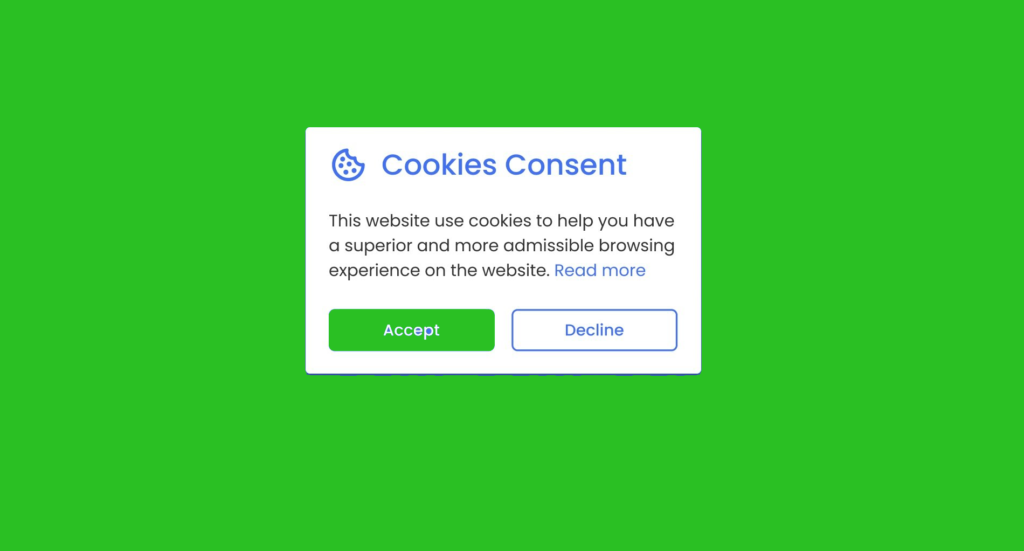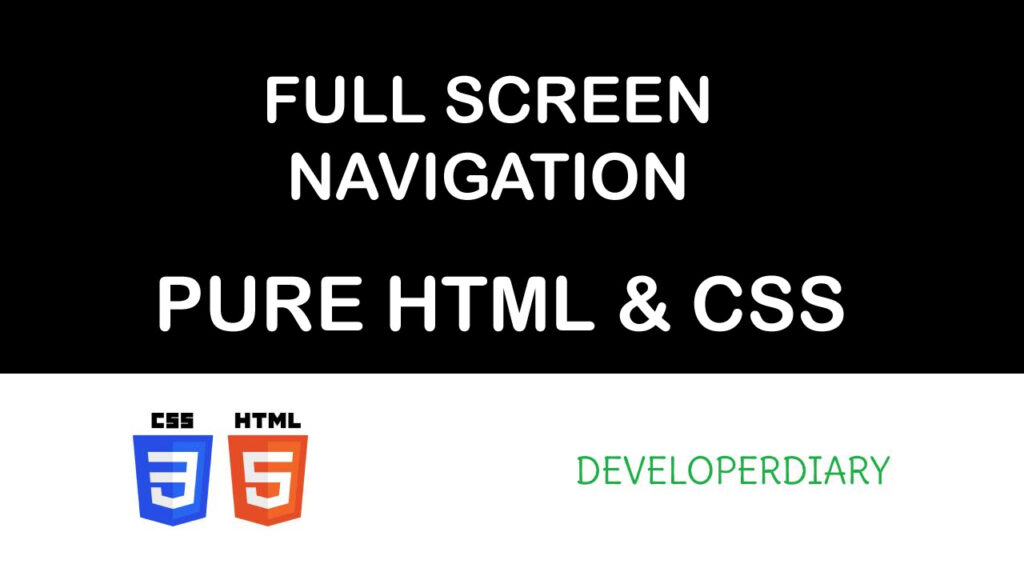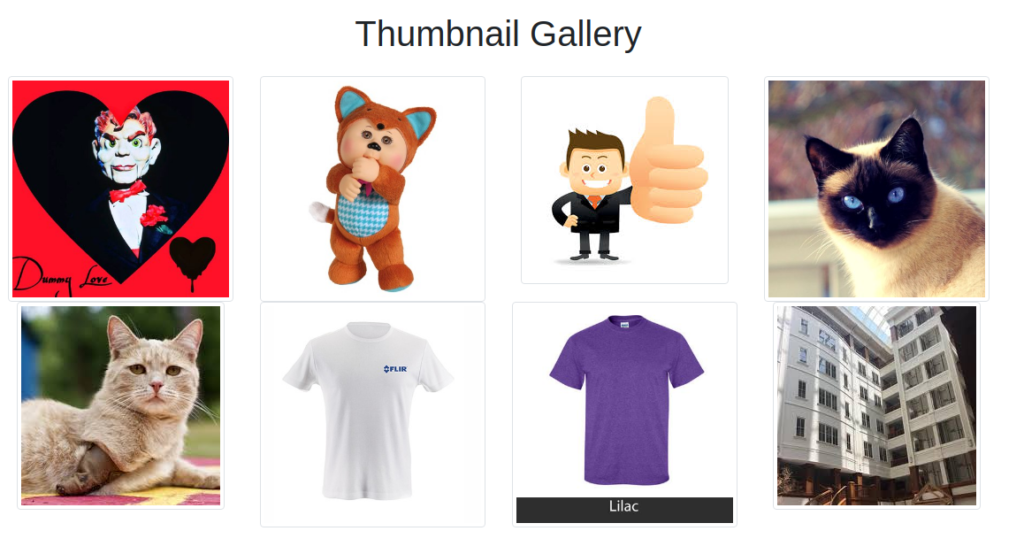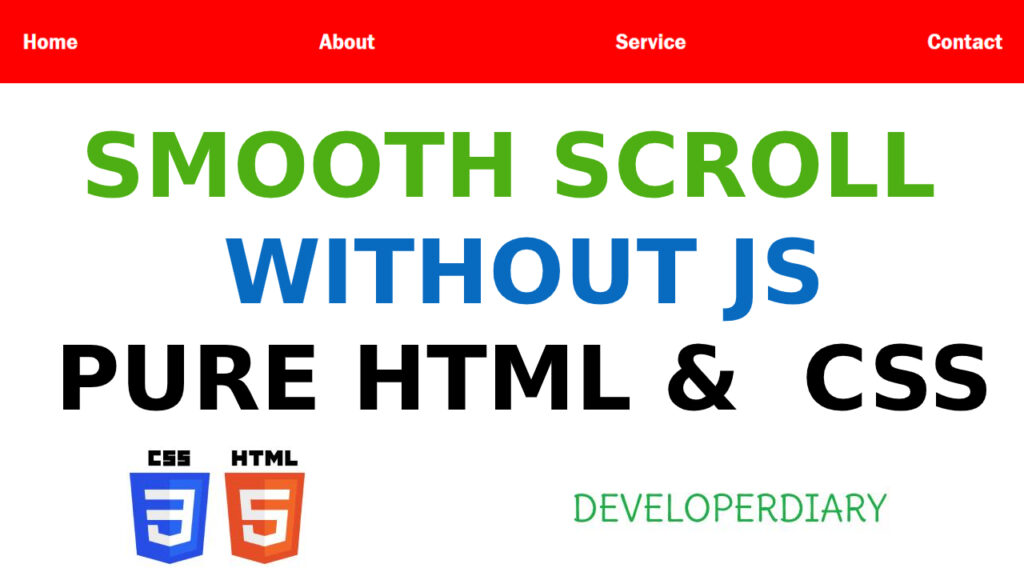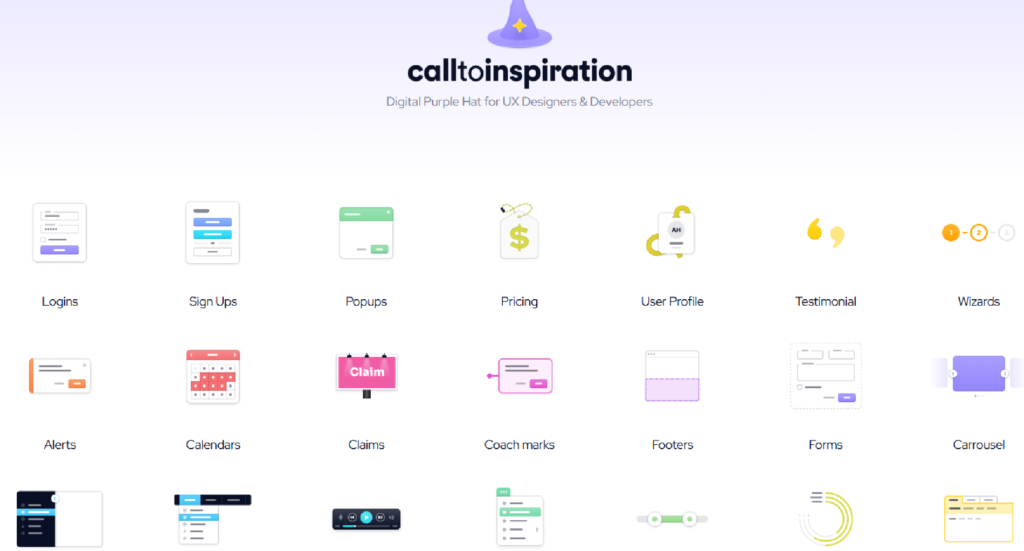Videos are becoming a crucial component of websites in the modern digital world, engrossing viewers and effectively delivering messages. It’s crucial to make sure videos in web design are shown optimally, filling the entire screen, and adjusting to various device sizes. In this post, we’ll look at a method for using HTML and CSS to make full-screen, responsive movies for your website.
Setting up the HTML structure:
Let’s start by building the appropriate HTML structure for our full-screen video. A container element to house the video and an embedded video player are required. Here’s a good example:
<div class="banner-container">
<div class="video-wrapper">
<!-- Video player code goes here -->
</div>
</div>
Defining the CSS for full-screen video:
To make the video cover the entire screen, we’ll use CSS properties to position and size the elements appropriately. Here’s the CSS code:
.banner-container {
position: relative;
width: 100%;
height: 100vh; /* Adjusted height to cover the full viewport height */
overflow: hidden;
}
.video-wrapper {
position: absolute;
top: 0;
left: 0;
width: 100%;
height: 100%;
}
.video-wrapper video {
width: 100%;
height: 100%;
object-fit: cover; /* Ensures the video fills the container without distortion */
}
The parent container, which fills the entire viewport height, is the .banner-container. The video element is set to cover its parent using the width: 100% and height: 100% attributes, and the .video-wrapper is positioned absolutely within the container. Regardless of its aspect ratio, the object-fit: cover property makes sure the video fills the container without distorting it.
Making the video responsive:
We’ll add a media query to change the proportions so that the video looks good on different screen sizes. The revised CSS code is as follows:
@media screen and (max-width: 767px) {
.banner-container {
height: 50vh; /* Reduced height for smaller screens */
}
.video-wrapper {
height: 50vh;
}
.video-wrapper video {
height: 100%;
}
}
The media query is designed for displays up to 767 pixels wide. In this scenario, we lowered the container and video wrapper height to 50% of the viewport height to provide a better user experience on tiny devices.
Related Articles
How To Create A Full Screen Overlay Navigation
Sticky Navigation Bar On Scroll Using JavaScript
How To Build A Responsive Menu With Flexbox – 2020
Best Simple Way Smooth Scrolling CSS Effects
Dynamic Bootstrap Thumbnail Gallery With JavaScript
NoSQL Vs SQL: Understanding The Differences And Choosing The Right Database For Your Needs
Conclusion
You may simply generate full-screen and responsive movies on your website by implementing the HTML framework and CSS code shown above. This solution ensures that your videos will engage your audience across different devices and screen sizes, whether you’re showing a promotional video, a background video, or any other form of video material. With the power of visual storytelling, your website will create a lasting impression on visitors, increasing user engagement and effectively communicating your message.

